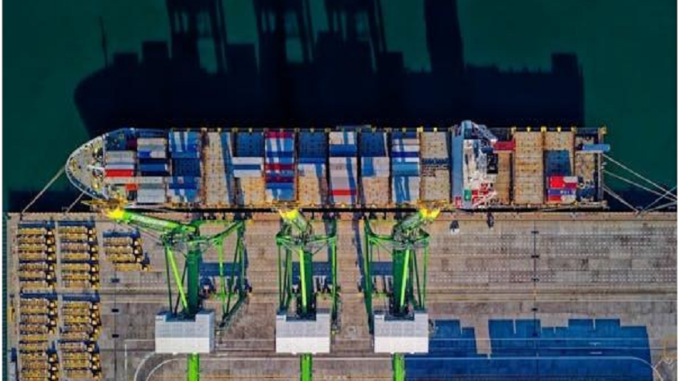
In a globalized and competitive marketplace, efficient logistics are crucial to ensuring that products move seamlessly from the point of origin to the end consumer. Integrated logistics has emerged as a comprehensive solution, streamlining various processes within the supply chain to enhance operational efficiency, reduce costs, and improve customer satisfaction. Here, we will explore the concept of integrated logistics, its benefits, and the key components that make it indispensable for modern businesses.
What is Integrated Logistics?
Integrated logistics refers to the coordinated management of all activities involved in the movement, storage, and flow of goods, services, and information within a supply chain. This approach combines multiple logistics functions—such as transportation, warehousing, inventory management, and order fulfillment—into a cohesive system that operates under a unified strategy. The goal is to optimize the entire supply chain, making it more efficient and responsive to market demands.
One of the key elements of integrated logistics is integrated warehousing distribution. This involves the strategic placement of warehouses and distribution centers to ensure that products are stored closer to the end customer, reducing lead times and transportation costs. By integrating warehousing and distribution, businesses can better manage their inventory, improve order accuracy, and meet customer expectations for faster delivery times.
The Role of Contract Logistics
Contract logistics is a critical component of integrated logistics. It involves outsourcing logistics functions to a third-party provider, which takes responsibility for managing various supply chain activities, such as transportation, warehousing, and distribution. This allows companies to focus on their core competencies while leveraging the expertise and resources of specialized logistics providers.
According to a report by Grand View Research, the global contract logistics market was valued at USD 204.7 billion in 2020 and is expected to grow at a compound annual growth rate (CAGR) of 6.4% from 2021 to 2028. This growth underscores the increasing reliance on contract logistics as businesses seek to streamline their operations and reduce overhead costs.
Benefits of Integrated Logistics
Cost Efficiency: Integrated logistics offers significant cost savings by reducing redundancies and optimizing the supply chain. By consolidating logistics functions under a unified strategy, businesses can lower transportation and warehousing costs, minimize inventory carrying costs, and reduce waste.
Improved Customer Service: With integrated logistics, companies can achieve faster delivery times and greater accuracy in order fulfillment. This leads to higher customer satisfaction and loyalty, which is essential in today’s competitive market.
Enhanced Flexibility and Scalability: Integrated logistics allows businesses to adapt quickly to changes in demand, whether it’s a sudden spike in orders or a seasonal fluctuation. The flexibility of contract logistics providers also means that companies can scale their operations up or down without significant investments in infrastructure.
Better Inventory Management: Through integrated warehousing distribution, companies can maintain optimal inventory levels, reducing the risk of stockouts or overstock situations. This not only improves cash flow but also ensures that customers can always access the products they need.
Increased Visibility and Control: Integrated logistics systems often utilize advanced technology, such as real-time tracking and data analytics, to provide businesses with greater visibility into their supply chain.
Integrated Logistics in the Digital Age
The digitalization of logistics processes has further enhanced the capabilities of integrated logistics. Technologies such as the Internet of Things (IoT), artificial intelligence (AI), and blockchain are being used to improve the efficiency and transparency of supply chains. For instance, IoT-enabled sensors can monitor the condition of goods in transit, while AI-driven analytics can predict demand patterns and optimize inventory levels.
In Conclusion
Integrated logistics is a powerful strategy that enables businesses to optimize their supply chains, reduce costs, and improve customer satisfaction. By leveraging contract logistics and integrated warehousing distribution, companies can achieve greater efficiency, flexibility, and control over their operations. As the logistics landscape continues to evolve, businesses that adopt integrated logistics will be better positioned to thrive in a dynamic and competitive market.

Leave a Reply
You must be logged in to post a comment.